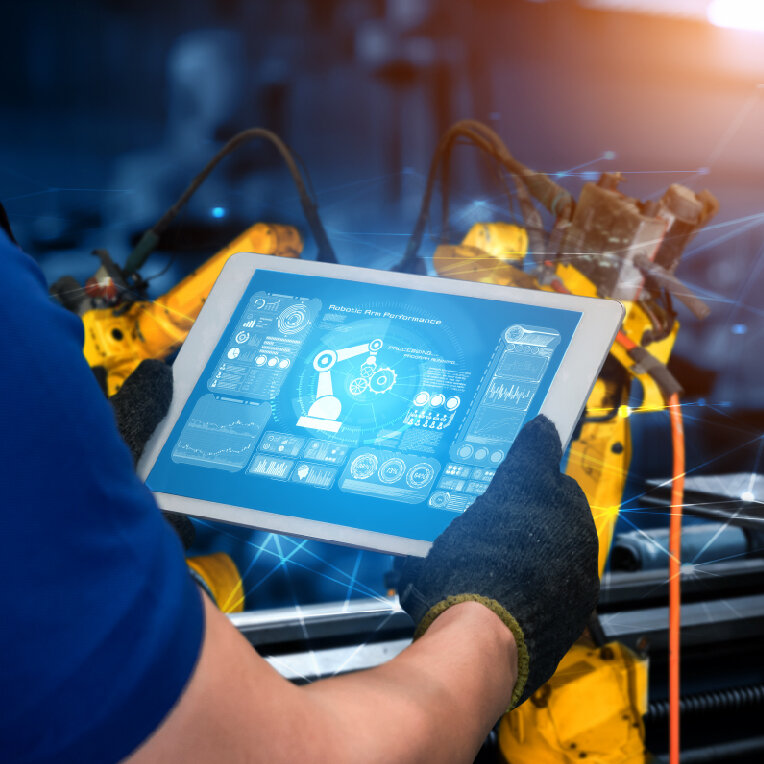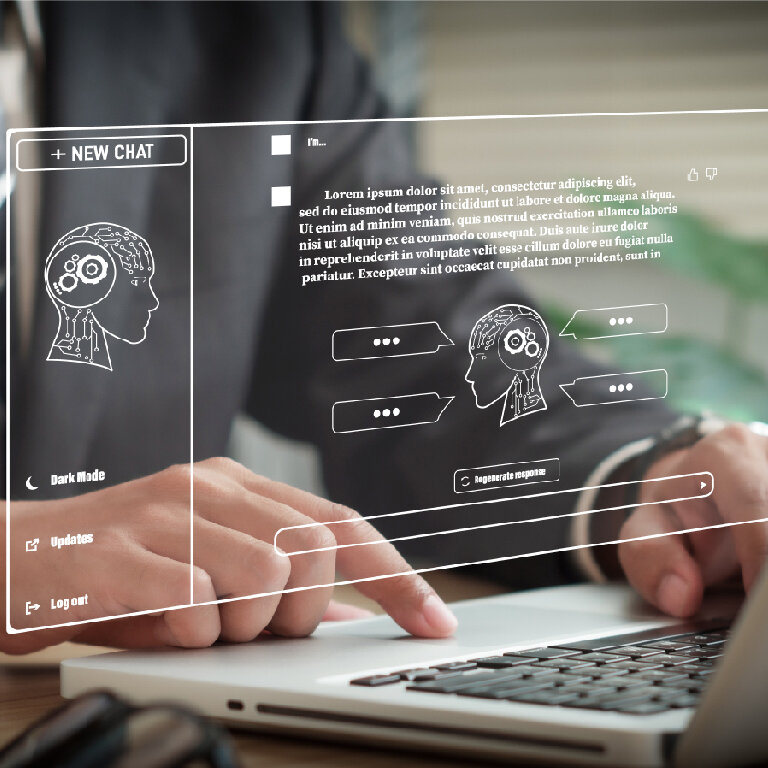Robotics for practice
Application-oriented robotics: Smart robotics solutions for your production
Recent advances in sensory and artificial intelligence are revolutionising robotics. This will make modern robots more flexible, but also more interactive and powerful. These developments open up completely new opportunities for deployment.
In our practical training, we give you an insight into practical robotics solutions from research and innovation projects. You will get an overview of current technologies and learn how to easily create smart robot applications to design innovative, autonomous systems – a valuable basis for making processes in your company more efficient, flexible and future-proof.
TRAINING
Training dates and registration
Practicality
Learn from practical examples of how modern robotics solutions make your production more efficient and flexible.
Innovativeness
Find out how AI and sensors make robots smarter and open up new opportunities.
Meeting the future
Develop an understanding of automation potential and create the basis for competitive autonomous systems.
©Adobe Stock
Contents
Module 1: Robotic quality control
In this module, you will find out how robots perform automated quality and surface testing. They reliably detect anomalies with intelligent data analytics. Practical examples include:
- Surface test – Detection of damage and near-surface faults on functional surfaces of metal components
- Scratch assessment – analysis of ceramic products on material supernatants
Module 2: Surface finishing and padding processes
Learn how robots process surfaces autonomously – specifically by grinding ceramic products with a sensitive robot. It looks at the system as a whole:
- Visual scoring
- Autonomous rail planning
- Sensitive grinding
- Integrated quality check
Module 3: AI applications in robotics
This module shows how Artificial Intelligence (AI) makes robots smarter. Among other things, a demonstrator is treated:
- Large Language Models (LLMs)
- Reinforcement Learning – learning through experience for autonomous rail planning
- Building and functioning of an AI-based robot system
Module 4: Human-Robot Collaboration (MRK)
How can people and robots work together safely and efficiently? This module conveys:
- Basis of the CRC for small series assembly
- Key standards and legal requirements
- Risk assessment of an MCR cell
- Practical implementation to two demonstrators: Riveting processes and small assemblies












